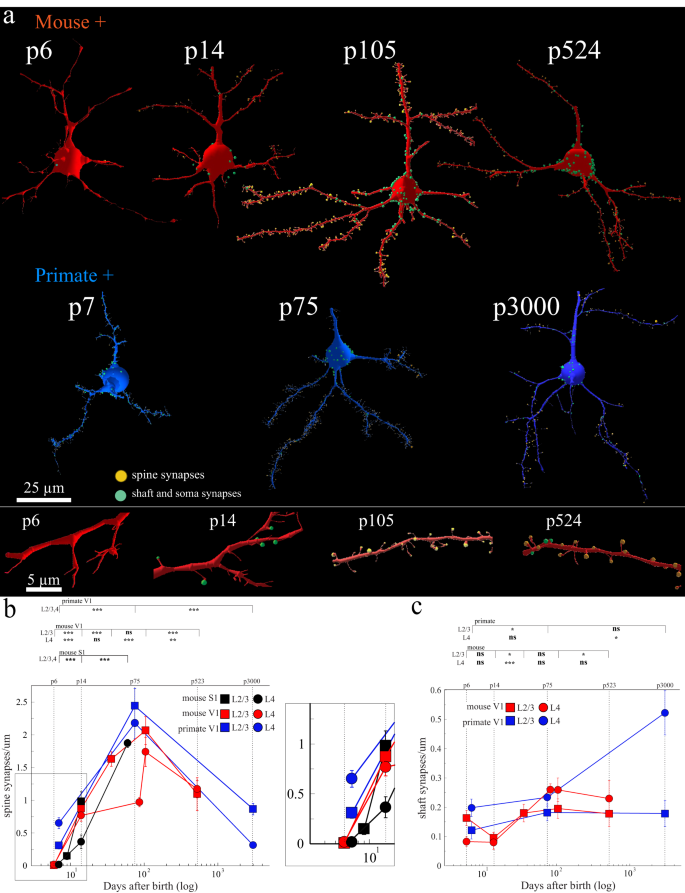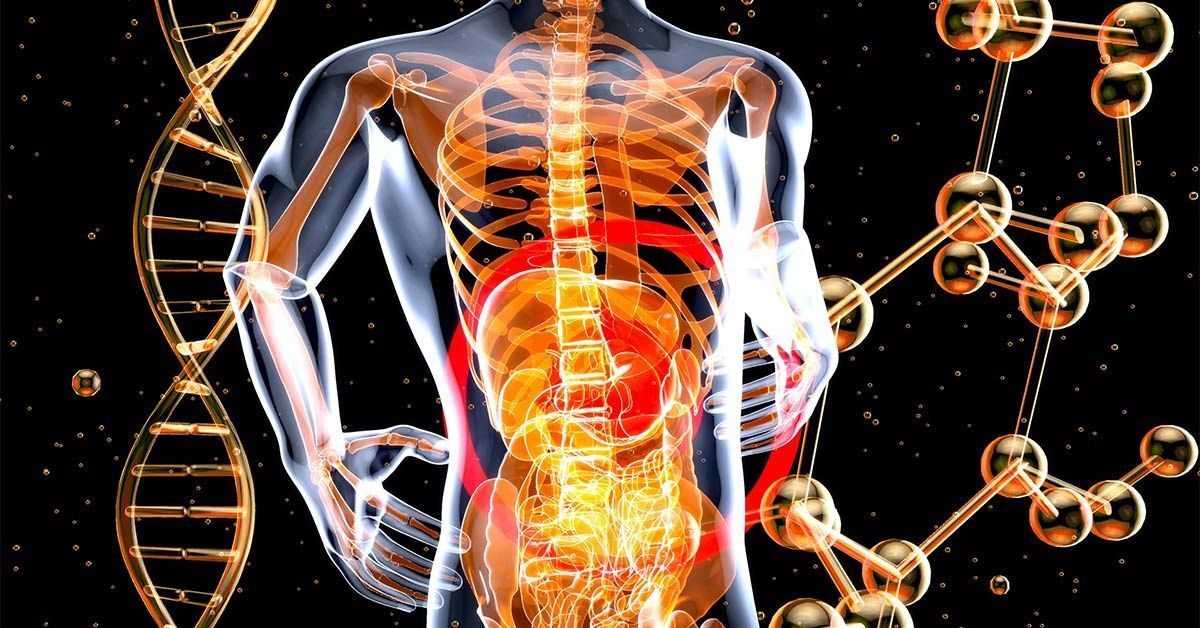2023-11-30 バーミンガム大学
◆ジョアン・ペドロ・デ・マガリャンシス教授による「長寿のボトルネック」仮説によれば、哺乳動物は恐竜の時代に急速な繁殖への持続的な圧力を受け、それに伴って初期の哺乳動物の長寿に関連する遺伝子が失われた可能性があります。
◆この仮説は、現代の哺乳動物、特に人間が、その遺伝的制約を中生代の恐竜支配時代から引き継いでいる可能性を提唱しています。
<関連情報>
- https://www.birmingham.ac.uk/news/2023/what-dinosaurs-have-to-do-with-human-ageing
- https://onlinelibrary.wiley.com/doi/full/10.1002/bies.202300098
長寿ボトルネック仮説:恐竜は現代の哺乳類の老化を形成したのか? The longevity bottleneck hypothesis: Could dinosaurs have shaped ageing in present-day mammals?
João Pedro de Magalhães
BioEssays Published: 28 November 2023
DOI:https://doi.org/10.1002/bies.202300098

Abstract
The evolution and biodiversity of ageing have long fascinated scientists and the public alike. While mammals, including long-lived species such as humans, show a marked ageing process, some species of reptiles and amphibians exhibit very slow and even the absence of ageing phenotypes. How can reptiles and other vertebrates age slower than mammals? Herein, I propose that evolving during the rule of the dinosaurs left a lasting legacy in mammals. For over 100 million years when dinosaurs were the dominant predators, mammals were generally small, nocturnal, and short-lived. My hypothesis is that such a long evolutionary pressure on early mammals for rapid reproduction led to the loss or inactivation of genes and pathways associated with long life. I call this the ‘longevity bottleneck hypothesis’, which is further supported by the absence in mammals of regenerative traits. Although mammals, such as humans, can evolve long lifespans, they do so under constraints dating to the dinosaur era.


